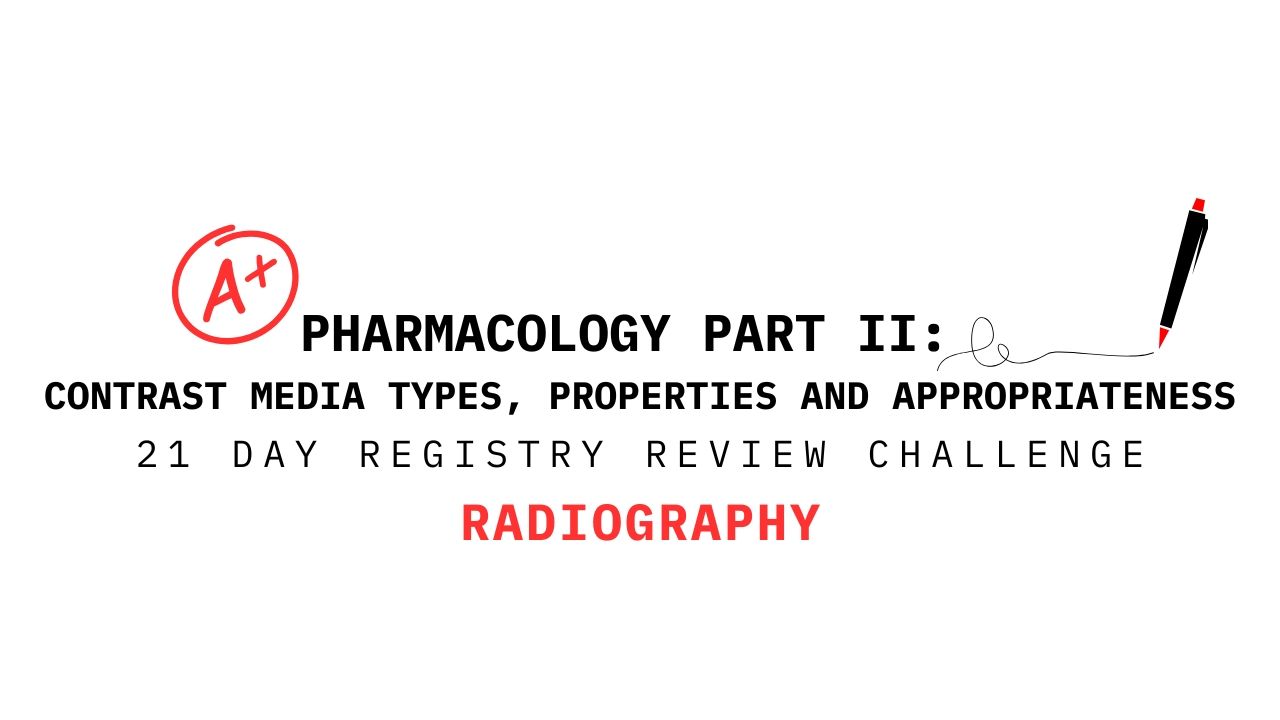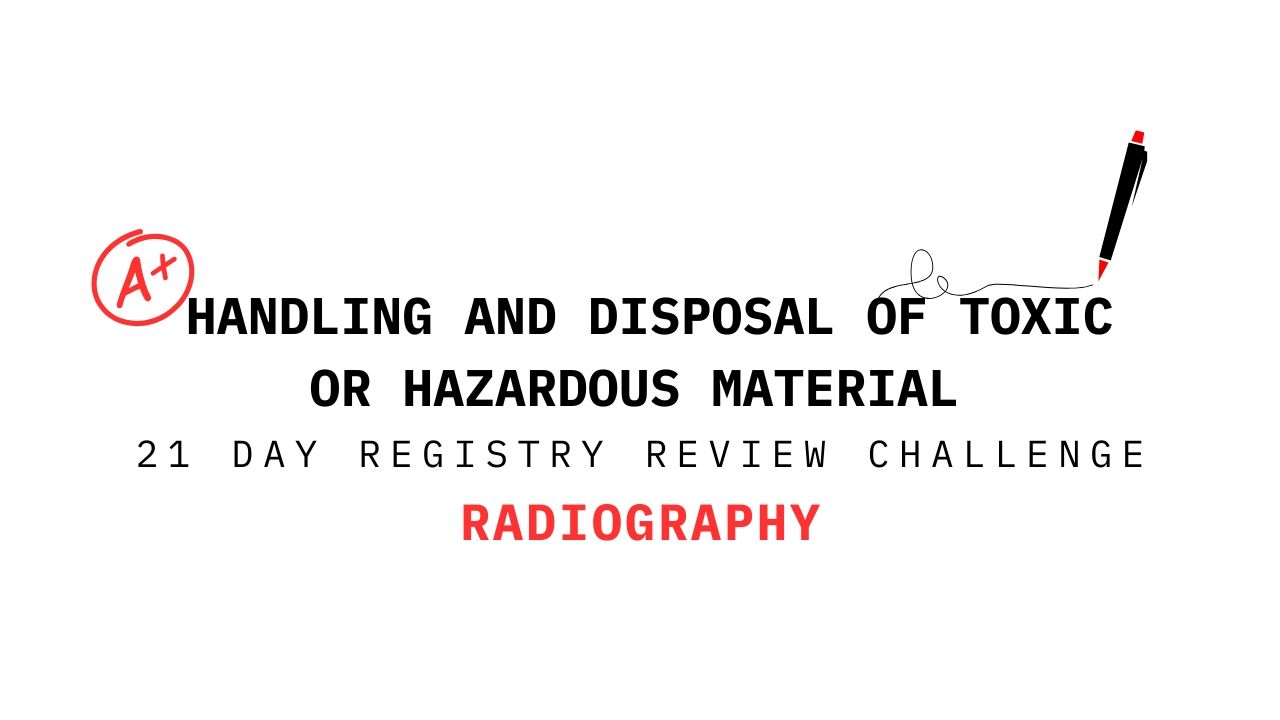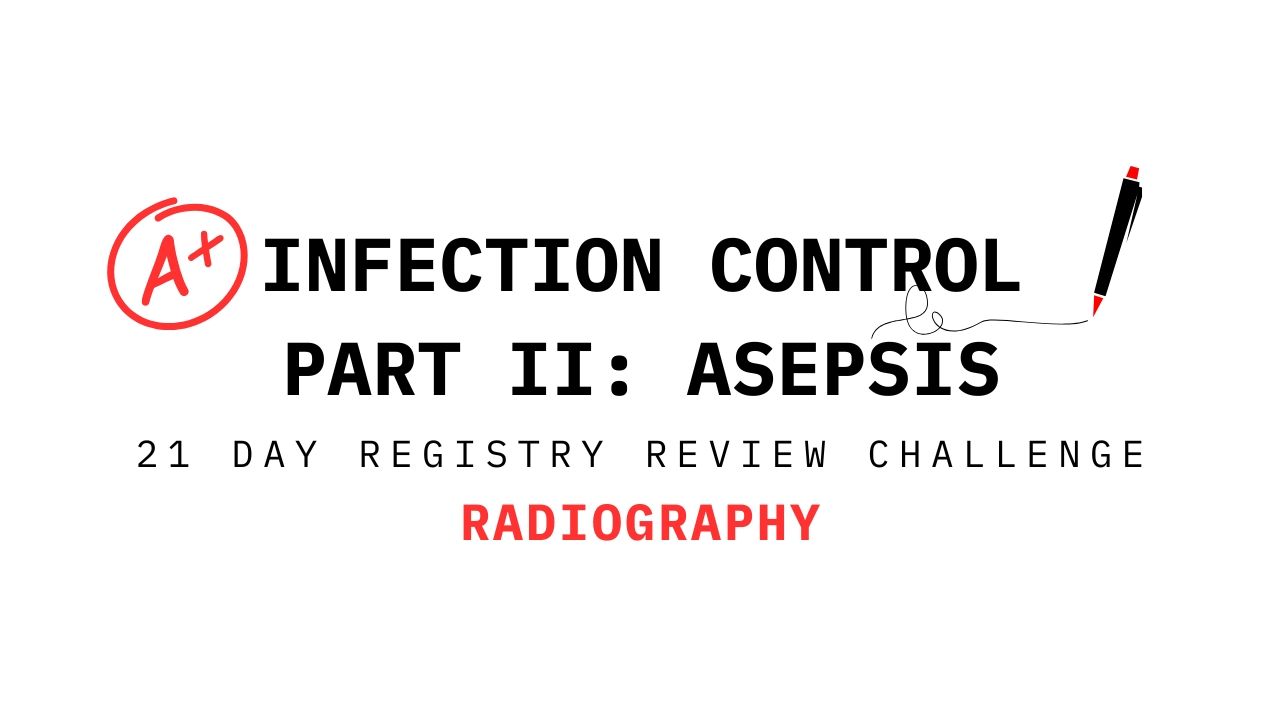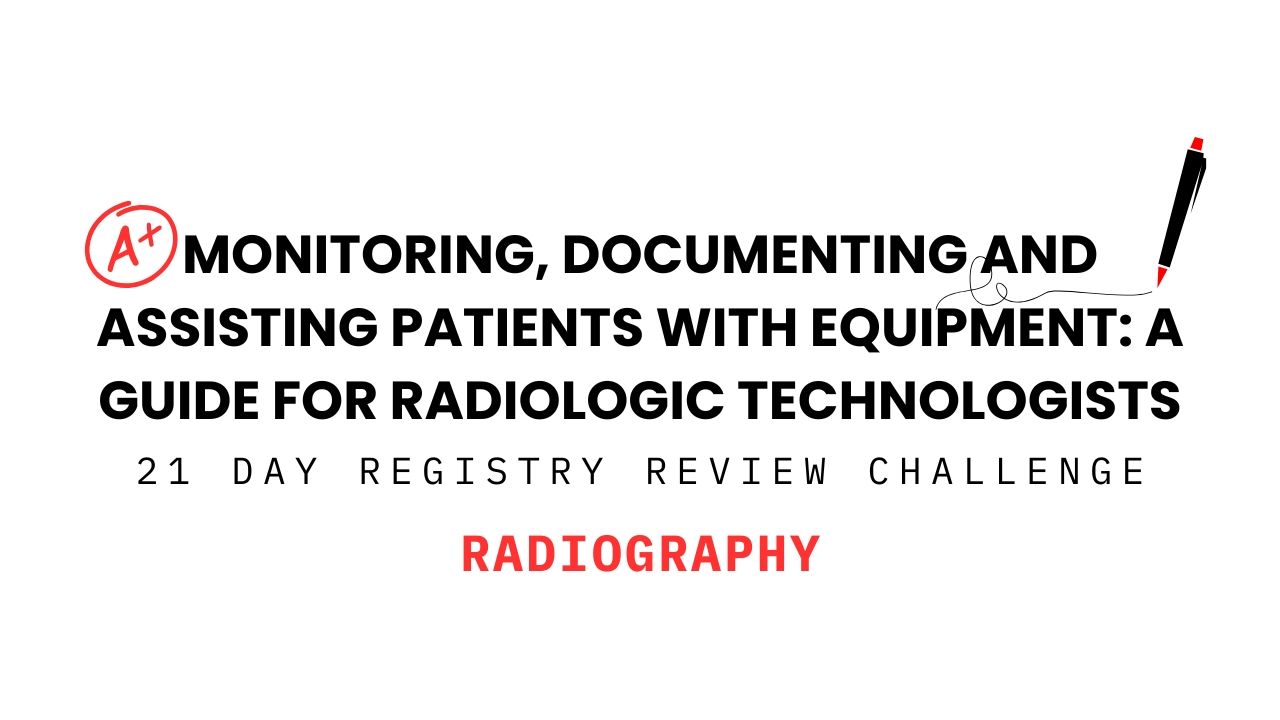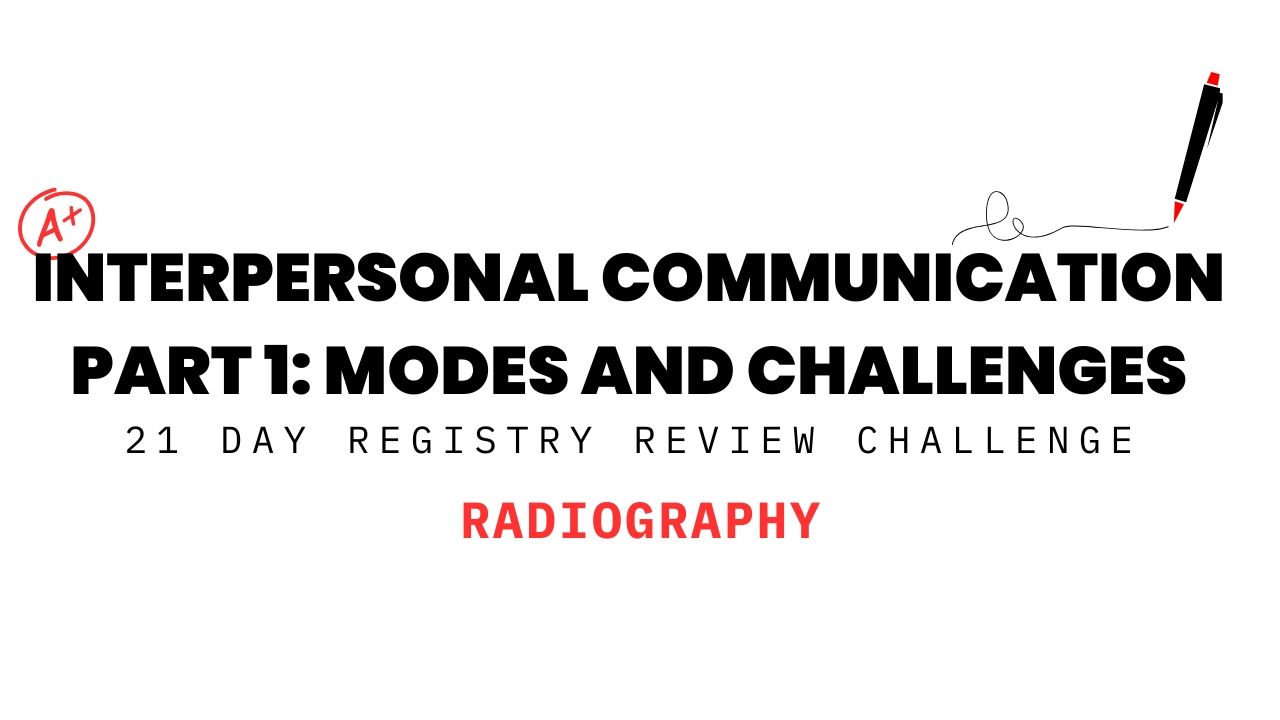
There are moments in radiologic technology when time seems to slow down.
You’ve prepared the patient. You’ve checked the history. You’ve verified the order. You’ve followed every one of the Six Rights. And still—within seconds of contrast entering the bloodstream—everything can change.
A warmth spreading across the patient’s chest.
A flushed expression.
A sudden cough.
A look that says, Something isn’t right.
The seasoned technologist understands: this is the thin line between routine and crisis. It’...

There comes a point in every radiography student’s journey when the science of medical imaging stops feeling abstract and starts feeling alive. Contrast media is one of those crossroads. It’s not just a topic on the ARRT exam—it’s a tool that changes the way you see anatomy, pathology, and the responsibilities placed in your hands as a future Radiologic Technologist.
Before long, you’ll be face-to-face with decisions that require quick judgment: Do I use barium or a water-soluble agent? Ionic or non-io...

There’s a quiet threshold every radiologic technologist crosses in training—a moment when you realize that contrast administration is not just a procedural task. It is a legal responsibility, an ethical commitment, and a test of your skill under pressure.
Pharmacology in radiologic technology is not abstract theory. It is the art of knowing who your patient is, what is safe for them, and how the contrast agent you’re about to administer will behave inside their body. And in that space, your preparation...

Walk into any radiology department and you’ll notice something: the noise isn’t where the real danger lives. The hum of equipment, the rhythm of positioning, the routine of patient care—those are obvious. Predictable. Manageable.
The true threat is quieter.
It sits on shelves and in drawers, tucked into supply closets and contrast rooms. It doesn’t warn you. It doesn’t announce itself. And yet it waits for the moment when someone—rushed, distracted, complacent—handles it carelessly.
Hazardous materia...

In any imaging suite, the equipment is easy to recognize—collimators, detectors, tubes, and control panels. What remains unseen is the steady presence of microorganisms on surfaces, in the air, and throughout every patient interaction. In radiologic technology, real protection does not come from positioning technique or exposure settings. It comes from a consistent commitment to CDC Standard Precautions, the core of effective infection control.
Standard Precautions rarely receive attention, yet they...

Asepsis is the quiet craft of cleanliness — the discipline that separates safe practice from silent catastrophe. In radiologic technology, where hands meet patients and machines meet microbes, asepsis is not just a precaution. It’s a professional mindset.
The ARRT® Standards of Ethics emphasize patient safety and infection control because these are not optional technicalities — they’re the essence of responsible imaging. Every technologist stands at the intersection of precision and protection. Every b...

Step into any imaging department, and you’ll find precision everywhere — calibrated machines, sterile instruments, and protocols etched into daily routine. But beneath that precision flows an invisible reality: the constant motion of microorganisms. Some harmless. Some vital. And some — if left unchecked — capable of crippling a patient’s recovery or derailing a technologist’s career.
For students of radiologic technology, mastering infection control isn’t just about passing the ARRT® exam; it’s about ...

The x-ray room is a controlled environment — calibrated exposure settings, precise positioning, and predictable physics. Yet within that calm lies the potential for the unpredictable: a patient who suddenly can’t breathe, a reaction to contrast media, a seizure mid-procedure.
For the Radiologic Technologist, the ability to respond effectively to medical emergencies is as vital as any imaging skill. These moments do not wait for specialists. They demand composure, competence, and the unshakable understa...

When you step into the imaging suite, it’s easy to focus on anatomy, positioning, and exposure technique. Yet, before the x-ray beam ever fires, another form of precision is already at work — the unseen coordination between patient safety, medical equipment, and observation. This is the quiet discipline that defines professionalism in radiography: knowing not just how to take an image, but how to care for the human being connected to the machines.
A great Radiologic Technologist is not just a skilled i...

When you walk into the imaging suite, it’s easy to be drawn to the technology — the hum of the generator, the glow of the console, the precision of the equipment. But beneath the machinery lies an even greater instrument: you.
As a Radiologic Technologist, your body is both a tool and a teacher. Every movement — lifting a patient, positioning a cassette, transferring a stretcher — becomes an act of biomechanics. Mastering ergonomics isn’t about comfort alone; it’s about longevity, safety, and precisi...

When a patient steps into the imaging suite, they bring with them more than a referral slip — they bring uncertainty. Some arrive silent, others anxious, still others brimming with questions. In those moments, your ability to educate becomes as essential as your ability to expose.
Patient education is not merely an obligation; it is an act of empowerment. It transforms patients from passive subjects into informed participants in their own care. As Instructor Erica Dellis emphasizes, communication is th...

When you enter an imaging suite, it’s easy to focus on the machine: the hum of the generator, the glow of the monitor, the rhythm of the workflow. But beneath all of this, there is a quieter current — one that powers everything you do in patient care: communication.
Interpersonal communication is more than words. It is the art of connecting science with humanity — of translating anatomy and physics into empathy and trust. As Instructor Erica Dellis explains, communication shapes every moment of interac...


